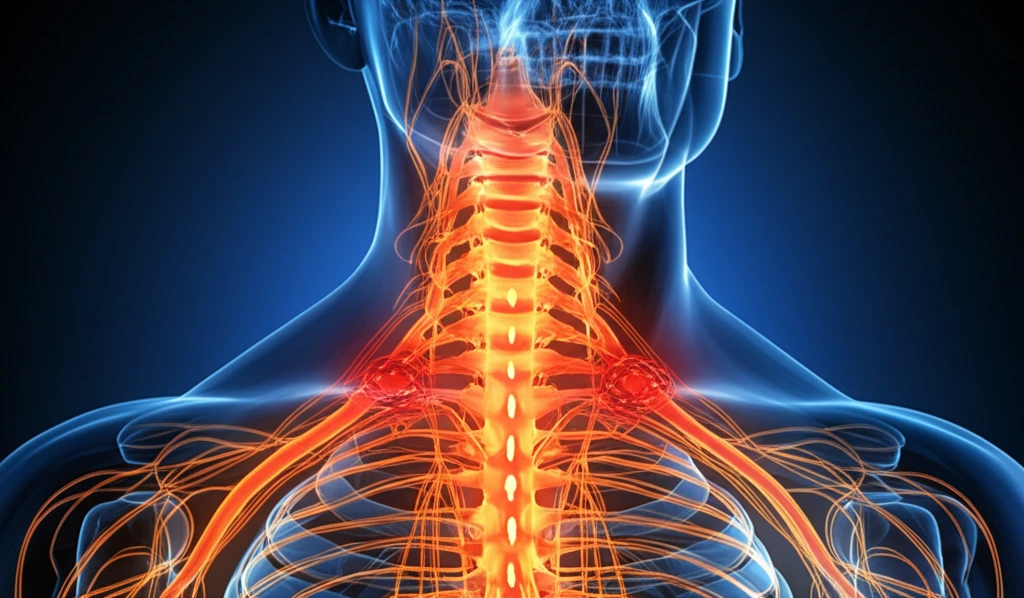
Back Pain SOS: Understanding Cauda Equina Syndrome and Its Impact
"Early diagnosis and treatment are key to managing this rare but serious condition. Discover the latest insights and what you need to know."
Cauda Equina Syndrome (CES) is a rare clinical condition that can lead to devastating consequences if not promptly addressed. Understanding this syndrome is crucial for anyone experiencing severe back pain coupled with neurological symptoms. This article aims to provide a comprehensive overview of CES, drawing from recent research to offer clear, actionable information.
Typically, patients with CES report a history of back pain and the sudden onset of red flags, including severe back pain, sensory alterations in the saddle or genital region, and bladder, bowel, or sexual dysfunction. These symptoms require immediate medical attention to prevent irreversible damage.
Early surgical decompression is often necessary to alleviate the neurological sequelae associated with CES. The primary goal is to describe the clinical presentation and postoperative outcomes of patients diagnosed with this condition, offering insights into effective management and recovery strategies.
What are the Main Causes and Risk Factors of Cauda Equina Syndrome?

Cauda Equina Syndrome typically arises from lumbar disc herniation (LDH), where the spinal disc material compresses the cauda equina nerves. Research indicates that LDH is a primary cause, highlighting the importance of understanding spinal health and preventative measures.
- Lumbar Disc Herniation (LDH): The most common cause of CES, where a herniated disc compresses the cauda equina nerves.
- Spinal Stenosis: Narrowing of the spinal canal, which can put pressure on the nerves.
- Trauma: Injuries from accidents or falls can lead to CES.
- Spinal Tumors: Growths that compress the nerves in the cauda equina.
- Infections: Infections in the spinal area can cause inflammation and compression.
Why is Early Intervention Crucial for Cauda Equina Syndrome?
Early intervention in Cauda Equina Syndrome is crucial to minimize long-term neurological damage and improve patient outcomes. Recognizing the symptoms and seeking immediate medical attention can significantly impact the recovery process. Continuous research and awareness efforts are essential to enhance diagnostic accuracy and treatment efficacy, ensuring better quality of life for those affected by CES.
